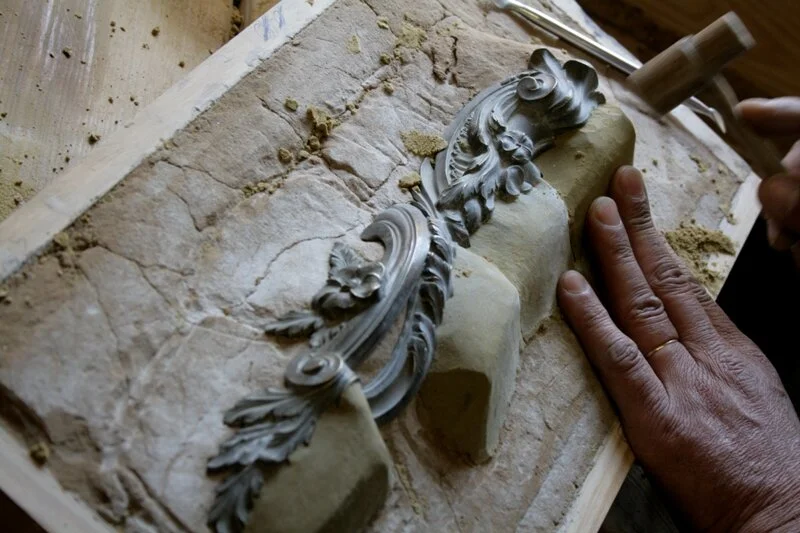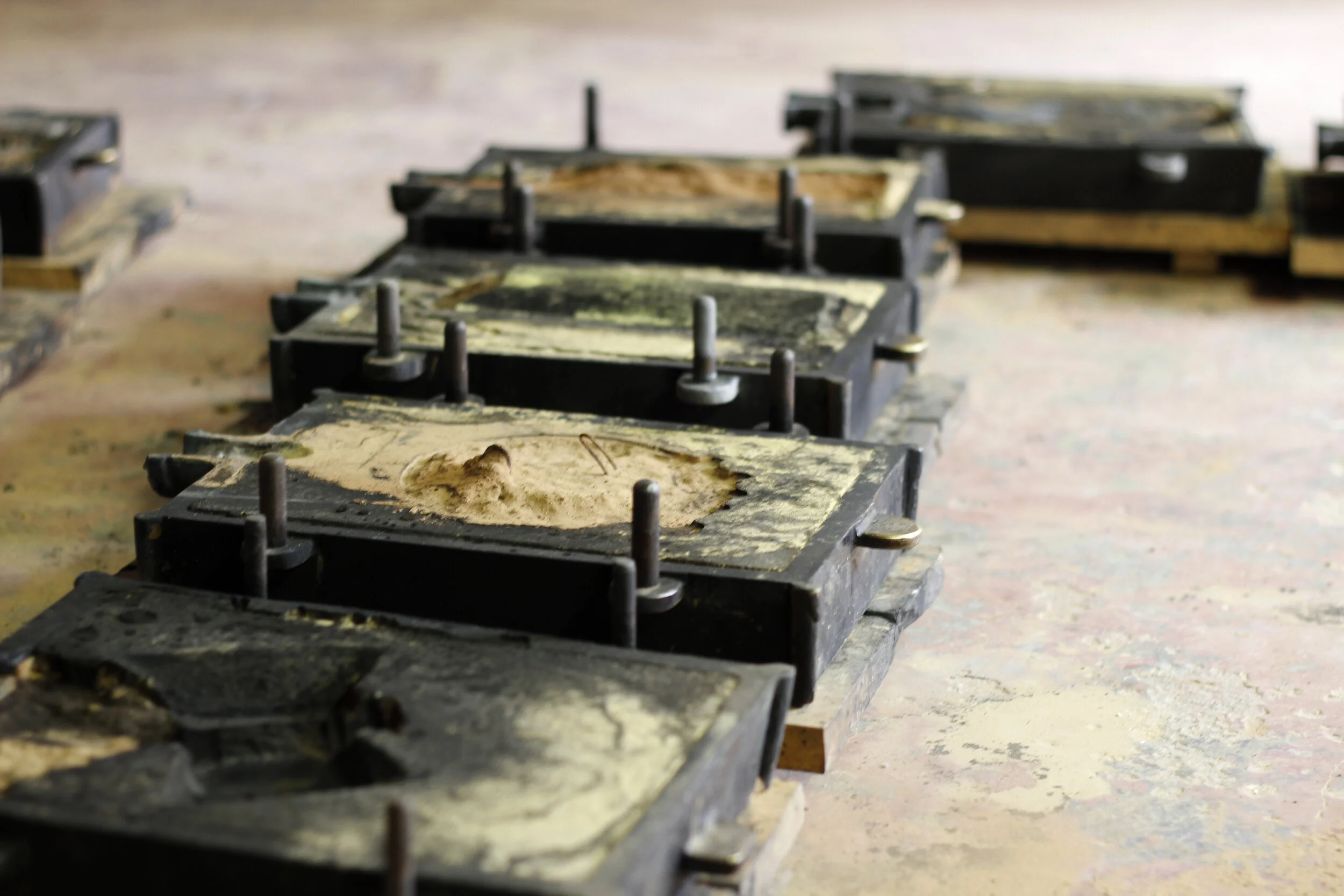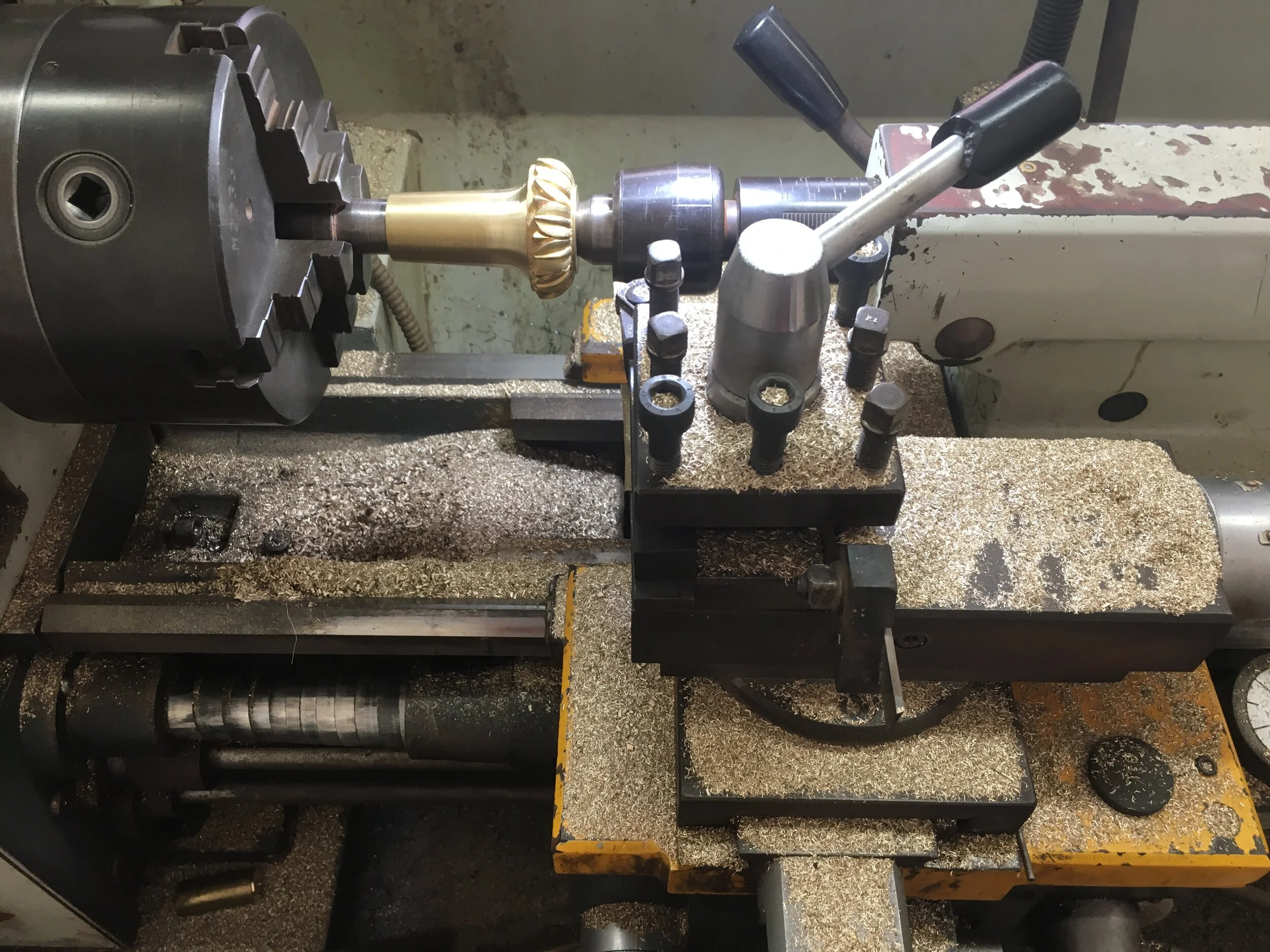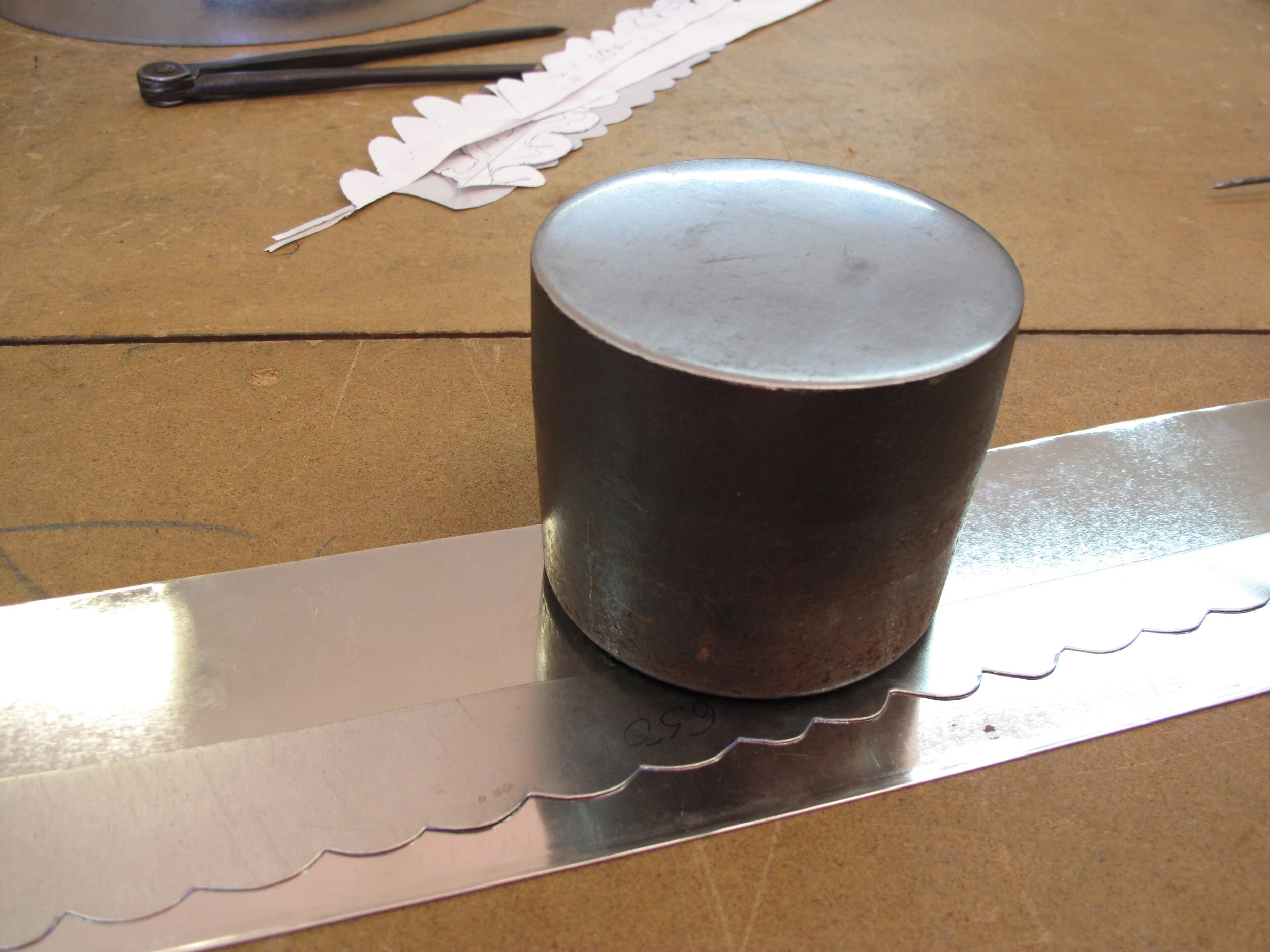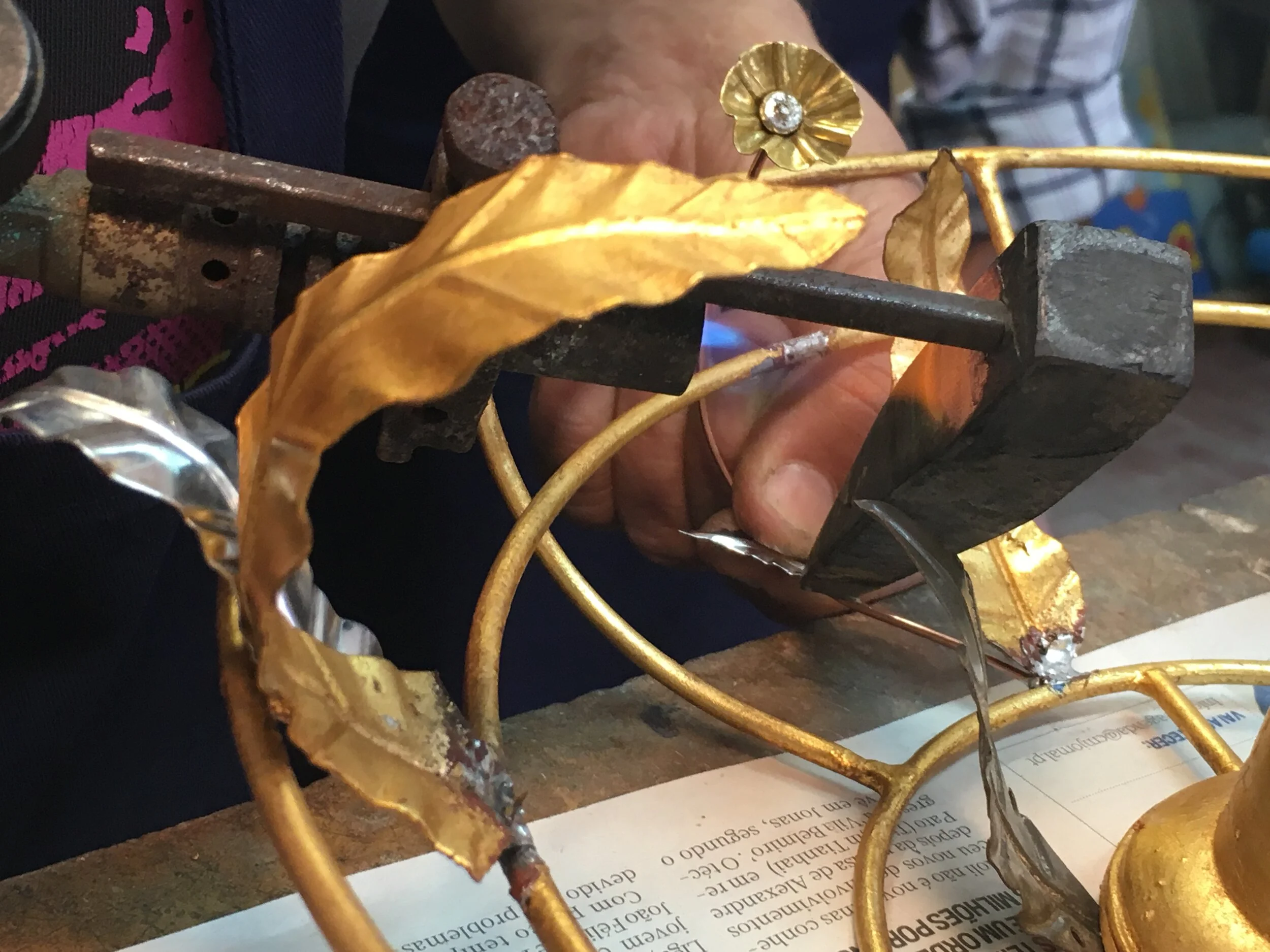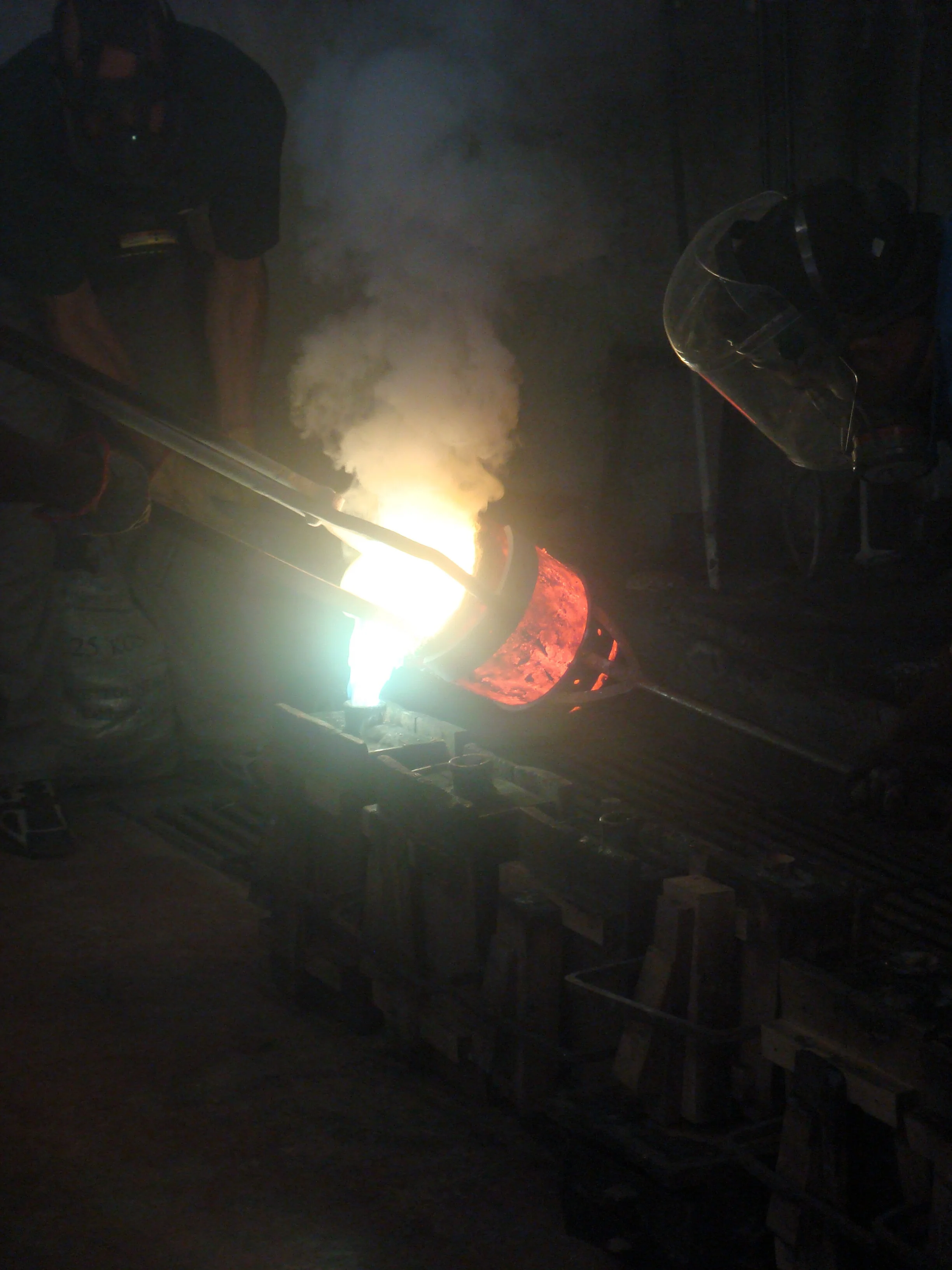JULY 11- 23, 2021. Lisbon and Loulé, portugal
Metal in Loulé SUMMER SCHOOL
The history of metal use in the Iberian Peninsula dates back to before the formation of Portugal. Utilising copper, precious metals, brass and tin, this history in rich with decorative, religious and utilitarian applications.
Metal is not notoriously sustainable, but if respected and used in the correct way will last generations. How is this conceived of in design? What do we value now that will be valued in 100-1000 years? How can excellent craftsmanship change this value?
This intensive course is developed in partnership with the Michelangelo Foundation, Loulé Criativo and Fundação Ricardo do Espírito Santo Silva.
10 students were selected to work with 6 craftspeople.
2 days in Lisbon experiencing 3 techniques of casting, metalwork and tin-work.
3 days focusing on chiseling (engraving), filigree and hammered copper. Each craftsperson will teach the students in small groups for one entire day.
The last week is the focus week. Here students will divide and focus on one technique while working in a team with other students in another techniques in order to join their efforts into final unified designs.
Themes
Time, value and material sustainability
mindset
This is a chance to be in direct contact with those whose life is dedicated to these crafts, and an opportunity for the students, craftspeople and design mentors to come together and think about the application of these techniques in the 21st century with a hands on approach.
AIm
To spend time with these techniques and explore ancient metal crafts with a new eye. Delving into the process and creating contemporary pieces that still carry the notion of a piece that will last for and be passed on for generations, carrying with it a respect for the full lifecycle of the material.
OUTCOMES
The Summer School outcomes will be for exhibition by all parties. Always telling the story of their origin. The students and craftspeople will own the IP rights and have the ability to reproduce, promote and sell the pieces.
EXPOSURE
There will be an exhibition of the pieces at Loulé Criativo.
LOCATION
Programming at both the Fundação Ricardo Espirito Santo Silva in Lisbon and Loulé Criativo in Algarve.
Who can apply
Over 18 year old at time of application
A student or a recent graduate (less than a year since graduation)
Experience working in 3D
Interested in learning through making and experience working with hands
Motivated to explore and work in a group setup
Good knowledge of English
Be able to attend the whole course
Live in Europe and be able to travel in Europe
Scholarships will be awarded to 10 students and will cover tuition fee, travel, accommodation and meals.
Overview
Gold and Silver
The goldsmith art has existed in the Northern region of Portugal since prehistoric times. And can be traced back to the third millennium BC in the Tagus Valley where gold and silver beds were heavily mined during the Roman occupation.
At the time of the formation of Portugal in 1143 precious metals were mainly used for liturgical objects and temple ornamentation. During the discoveries, the main centers of metal workshops were reopened and thrived due to the influx of precious metals from abroad. In these workshops, ceremonial objects, household ornaments and jewelry were made. Silver was the most used metal for jewelry followed by gold.
Filigree is an important technique of the goldsmiths in Portugal dating back to the middle ages, specifically in the North where gold was mined until recently. Traditionally used for ornamentation for the Church and Court, filigree jewelry was also part of popular culture, considered family treasure and seen as an investment, it was collected by families and passed on for generations, worn during religious and secular festivities.
Copper
Copper was the first metal to be worked by humans. It has been extremely important historically for domestic as well as industrial use. It is 100% recyclable and the demand for this metal has doubled in the past 25 years.
Copper in Portugal was traditionally used for the creation of kitchen utensils, alembics for distilling alcohol, equipment for pharmacies and medical purposes and tacks. Artisans historically both created new pieces and repaired the old ones. Copper artisans can be found in Algarve, Alentejo as well as the district of Coimbra. Loulé has been an important center for this craft and the municipality is dedicated to keeping it alive.
Brass
Brass, the predominant copper alloy has been used for centuries due to it appearance, its malleability and its cost. It is currently mainly used for sculpture and decorative items. The process of producing decorative pieces usually requires several stages and workshops including casting, metalworking and engraving. Industrially produced brass cylinders and sheets are also used in the metalworking workshops.
TIN
Tin mining in the Iberian tin belt dates back to the late Bronze Age. There are written references to the master tinsmiths working in Lisbon from the 15th century. Tin was used historically to make receptacles to store dry and wet goods as well as for lamps and lanterns. Tinwork was used as a currency for exchange during the age of discoveries and through this the Tinsmiths acquired a certain prestige. It is a craft that belonged to the Order of Mechanical Trades and up until the 19th century had strict processes of apprenticeship and regulations.
CURRENT Issues these crafts face
International competition from lower cost industrial production
In the case of gold and silver, the high cost of the material
Alterations in the market needs and life customs of consumers
Lack of interest from younger generations due to difficulty of the crafts, low pay and high cost of materials
Sustainability of the process and material
Material lifecycle


